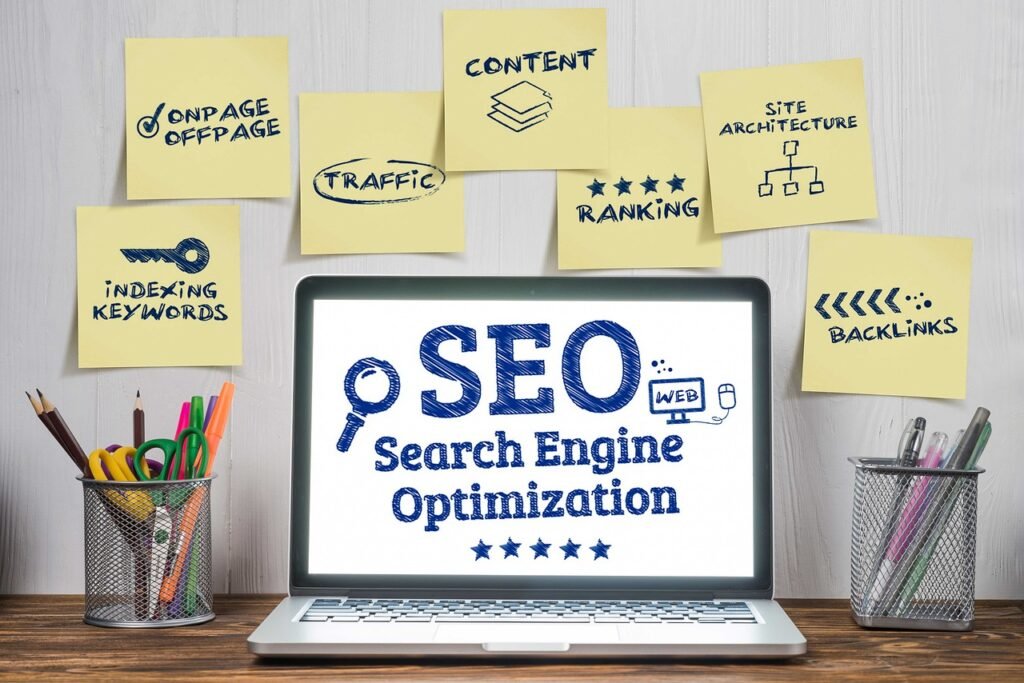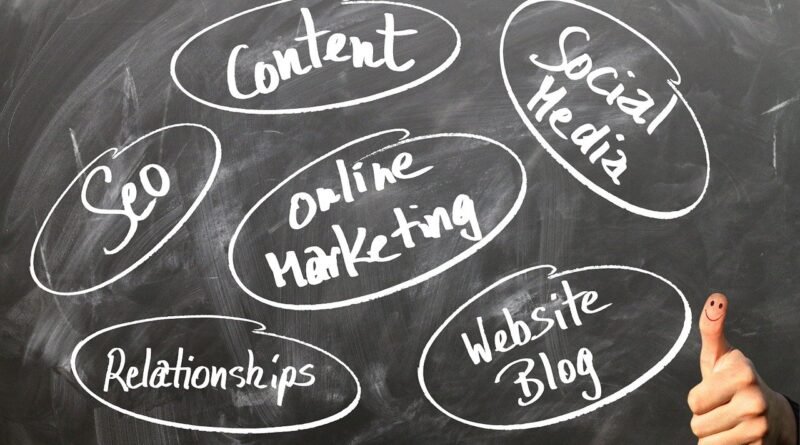SEO vs SEM: How Do They Work Together
SEO and SEM are the tools that ensure business visibility and traffic from Google and other engines. While both might have similar goals, it is important to distinguish between the two in effective marketing strategy.
From the superficial view, SEO and SEM seem synonymous; however, they are completely different marketing approaches. In this case, while SEO primarily targets organic (unpaid) traffic, SEM deals with both organic and paid search engine promotion such as Pay-Per-Click (PPC) advertising. So, in fact, SEM is the umbrella under which SEO falls. But how do you blend these together to increase your digital footprint? Here are the details.

Difference Between SEO and SEM?
SEO is a process of enhancing the organic ranking of a website on a search engine with respect to keyword optimization, development of content, and site structure. This process is slow in showing results but ultimately would be long-term traffic onto the website. The basic premise is to obtain a position for a website in the search-engine-result pages by not paying for advertisements.
On the other hand, SEM goes wider to encompass both organic SEO tactics and paid ones like PPC campaigns. SEM drives targeted audiences into sites via paid ads whereas SEO delivers traffic organically, often with much quicker results. Budgeting for ad campaigns is, of course, the drawback of SEM.
How Functioning SEO?
SEO is all about improving a website so that it is recognized and ranked higher by the search engines in the search results. The essentials include the following:
Technical SEO: Improving your website structure and backend issues such as page loading speed and mobile responsiveness.
On-page SEO: Optimizing content concerning keyword placement, internal linking, and heading tags, with respect to targeted search queries.
Off-page SEO: Getting backlinks and maintaining site authority through external signals such as digital PR.
Local SEO: For businesses that serve a particular geography, optimizing keywords and listing them on platforms such as Google Business Profile helps improve visibility.
Improving the results in SEO:
Here are a few suggestions on how to achieve optimal results with SEO:
Keywords: Use relevant and high-intent keywords that are injected naturally throughout your website.
Content: Create top-notch content loaded with information. Build it around the needs of the audience.
User Experience: A clean website that loads fast and is easy to navigate will translate into lower bounce rates and greater time spent on your site by visitors.
Link Building: High-quality backlinks from reputable websites are seen as votes for your site and therefore increase its authority.
What Procedure Is Used in SEM?
SEM, meaning “search engine marketing”, is a paid form of advertising that seeks immediate visibility on search engine result pages (SERPs). Google Ads and powerful contenders offer businesses a keyword bidding mechanism to display ads prominently at the top of any search result page.
Unlike SEO, in SEM one can target audience segments based on geographic location, age, interests, and search behavior. While paid campaigns do provide faster results, a proper strategy and budget control are required to avoid spending money foolishly.
How to Improve SEM Results?
To derive the utmost gains from SEM, focus on the following:
Keyword Research: Choose high-performing keywords pertinent to your product/service.
Ad Copy: Prepare a clear and persuasive ad copy with strong CTAs that attract attention.
Landing Pages: Make sure your landing pages are relevant, fast, and easy to navigate.
Bid Management: Optimize your bids based on performance to give the best returns on investment (ROI).
SEO and SEM work best when used together. Although they have separate goals, data from ads can inform SEO keyword strategy and vice versa. This gives you optimum visibility to convert organic and paid search traffic.
Integrating SEO and SEM can be done through the following ways:
- Choose the correct keywords: This involves using PPC data to identify keywords for your SEO that are performing well and using your organic content strategy in SEM targeting.
- Immediate vs. longer-term: A new site can expect to get traffic faster via SEM (PPC) while its SEO efforts mature.
- Cross-channel insights: Refine and improve your overall marketing strategy with exact learnings taken from both SEOs and SEM.
What About Costs?
SEO will not require a direct budget for clicks, but it involves costs for content creation and possibly similar tools (say, Google Analytics or SEMrush) and SEO audits. Whereas SEM must have a continuous budget for the ads. One can control the SEM budgets, but it requires significant preparation to maximize effectiveness.
SEO and SEM have a bright future ahead.
Search marketing, in its different dimensions, is undergoing a profound evolution, with multiple upheavals due to AI and machine learning. AI that fuels Google Search Generative Experience (SGE) tools are changing the delivery of search results. Hence, it has become imperative to fully understand user intent to tweak content toward it.
To ensure competitive advantage in SEO and SEM, therefore, major focus in the days ahead should be on high-quality, authoritative content, as well as on understanding and leveraging AI tools.
To put it simply, SEO and SEM combined essentially drive online visibility and traffic. Complimenting each other, they hold businesses together within the digital arena that changes frequently. If you’re a small business or a large enterprise, this strategy will ensure you’re able to reach your audience at the right time.
